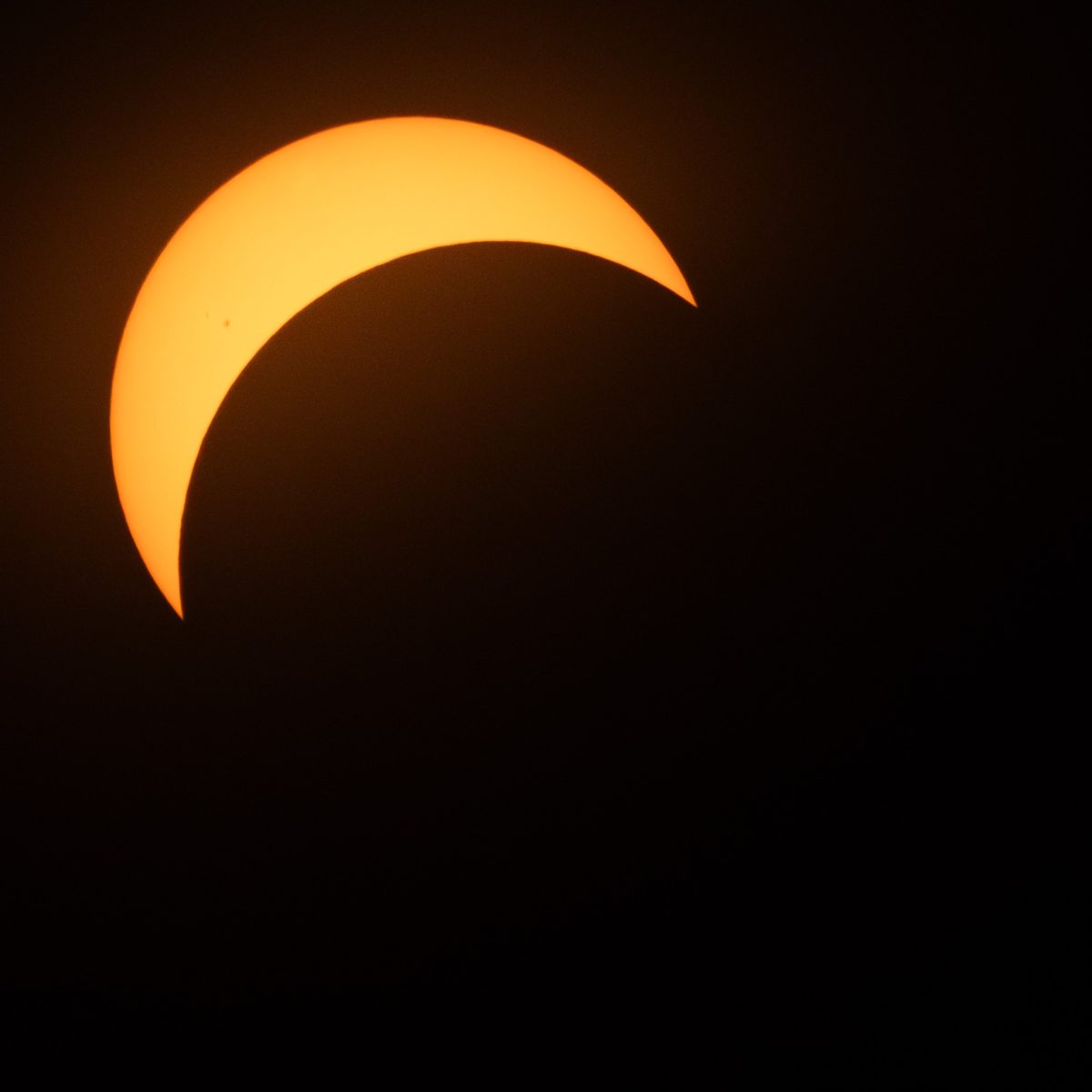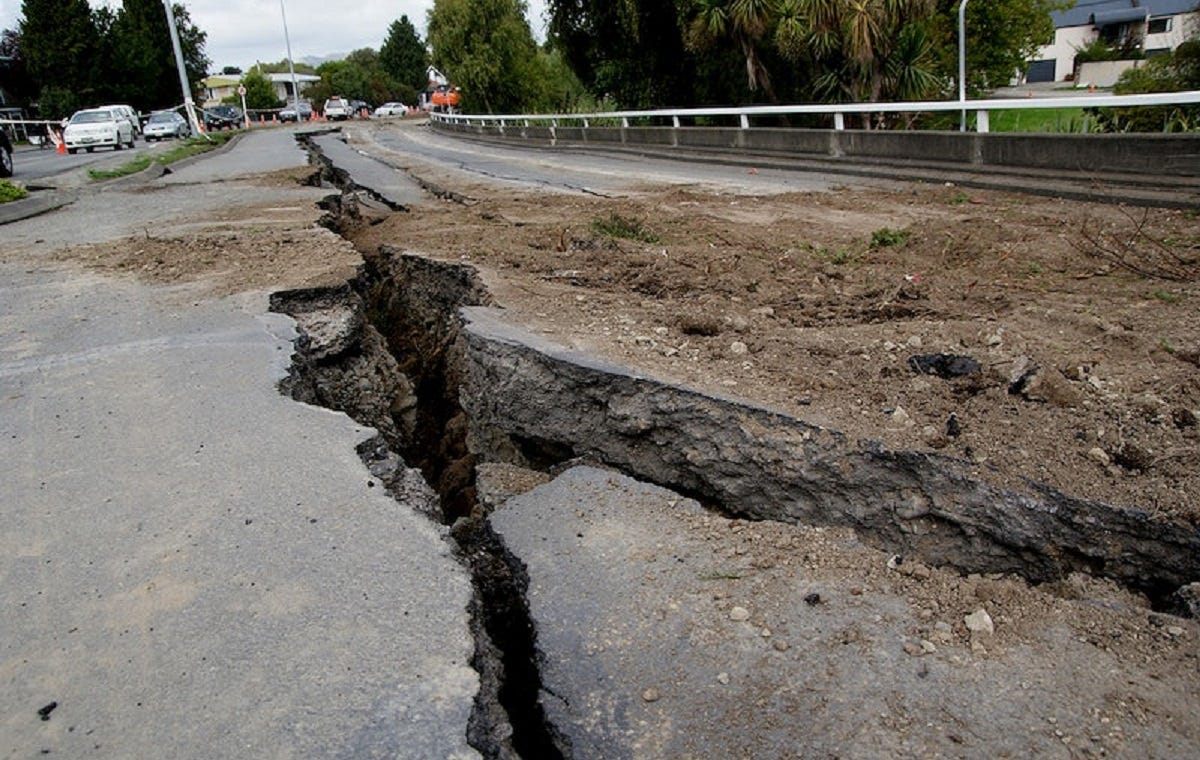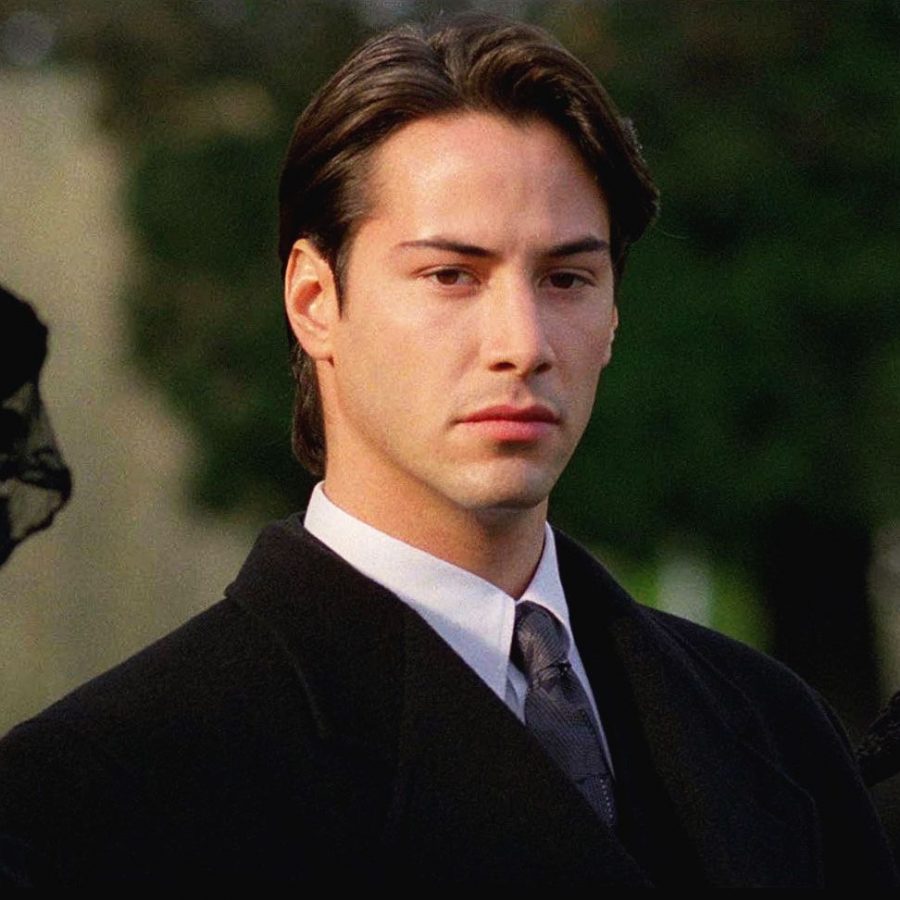For a while, scientists thought that the moon was around four billion years old. However, a study done with moon crystal samples brought back from the Apollo 17 mission showed that the moon is around 40 million years older than scientists thought, according to theguardian.com.
A common theory of how the moon formed is that a Mars-sized object collided with Earth, and the impact created enough heat and energy to melt the rocks that would later solidify to form the moon. It was determined that if the sample crystals were created at the same time as the melted rocks, the crystals would not have been recoverable because they would have melted with everything else. So, scientists came to the conclusion that the crystals must be from after the magma ocean cooled. The age of these crystals would be just the minimum age of the moon, however, because the magma had to cool down before the crystals could form, according to eurekalert.org.
“If you start to study the mantle and the core, then that could date [the moon] even older,” astronomy teacher Heather Anderson said. “Originally, they were just collecting surface rocks, which wasn’t really telling [on] how old the moon was.”
The extensive testing of the crystals included sharpening them into tiny and very sharp points, and then evaporating some of the surface atoms from the point of the crystals. Then, the evaporated atoms traveled through a mass spectrometer, which is a tool that can be used to find the mass of an atom, and depending on how fast the atoms would move through that spectrometer determined what the crystals were made from. The scientists then looked at the proportions of the uranium and lead atoms in the crystals from the spectrometer results, which determined how old the crystals were. In doing this research, they found that the samples were around 4.46 billion years old, adding 400 million years to the previous estimate, according to spacechatter.com.



































